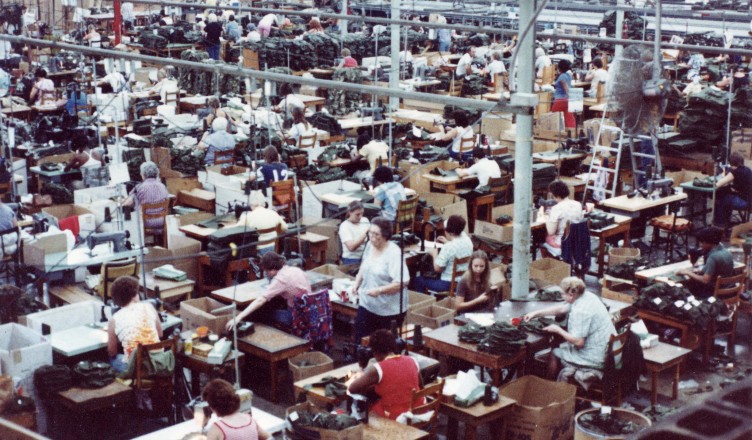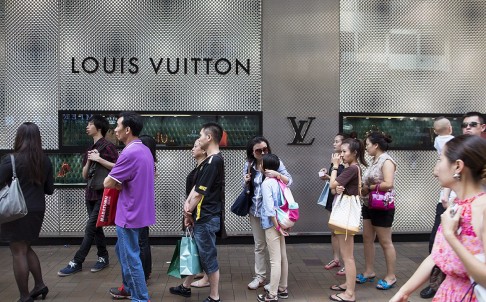Gucci made it to the headlines again — and this time, for the wrong reason.
A recent report claimed that Chinese employees for Libero Mondo — one of Gucci’s subcontractors in Italy — worked 14 hours a day on handbags, instead of the contracted 4 hours. Worse, Libero Mondo’s Arnoldo Guidotti proclaimed that Gucci is fully aware of the exploitation, and Gucci buys those bags from Libero Mondo for 24 euros. In store, a Gucci bag retails for approximately 1000 euros.
Kering (once Pinault Printempts Redoute or PPR), Gucci’s parent company, responded that they would include additional measures to ensure that incidents like these would never repeat again. Yet, in 2002, Brylane — a US based clothing supplier for Kering — exposed that its employees worked in sweatshop-like conditions. The exposé revealed a series of other sweatshops located in third world countries that PPR engages in their supply chain.
The Kering (PPR)-owned factories in the US have a level of repetitive motion injury 18 times higher than the national average and the conditions in Third World sweatshops is universally known. Whether it is First or Third World, or anywhere in between, it is clear that PPR does not discriminate against discrimination
–Mary Kay Devine, Vogue
Apparently, Gucci is not alone.
Many designers have came under fire for similar issues: apparel and accessories bearing the “Made in Italy” label but made by Chinese immigrants — often illegal and very much underpaid.


I can’t tell you the number of brands manufactured here in LA with well known labels and the awful conditions they are produced in. The warehouse I worked in had no A/C which is the norm…It was unbearable. The workers wore fabric scarves over their mouths to keep from breathing in fabric particles. The bathroom was disgusting, there were ants crawling all over-I think you get the picture. At least there was fresh water to drink.
Such claims leave an unsavoury taste — especially for end consumers who buy into the idea that luxury products involves highly skilled artisans, as opposed to Chinese immigrants, and fine craftsmanship, as opposed to sweatshop styled supply chains. If so, then what is luxury now? Is luxury truly dead?






